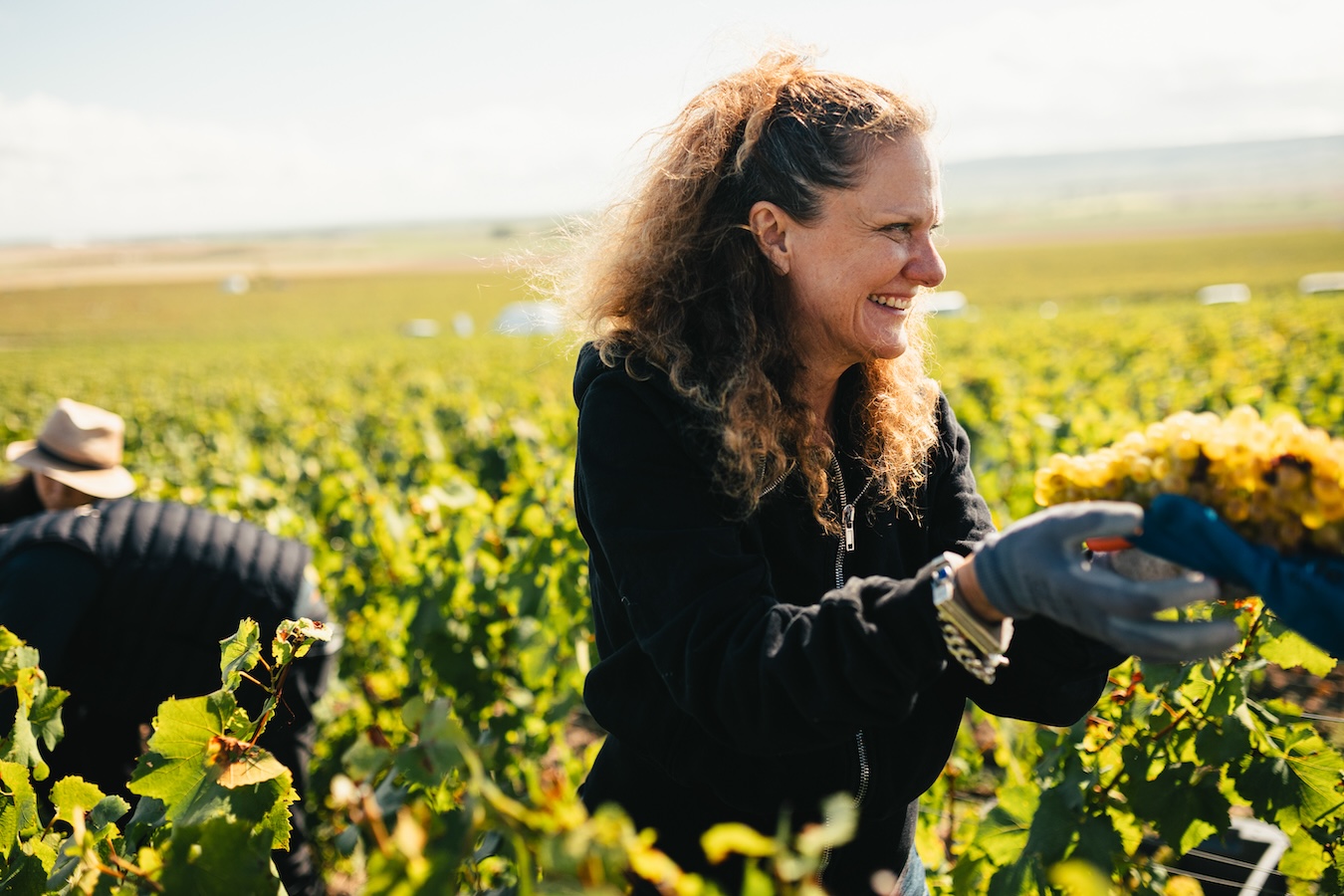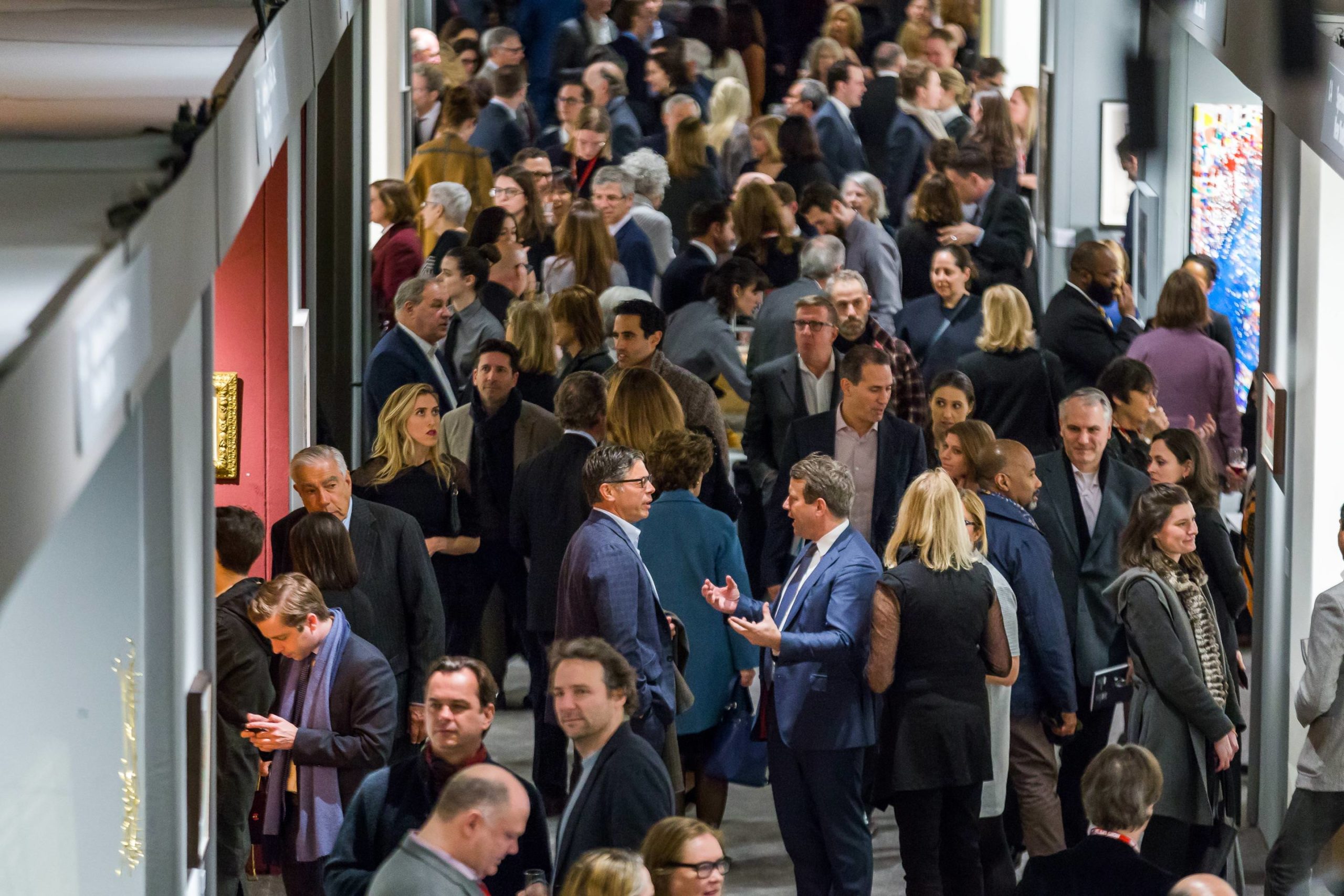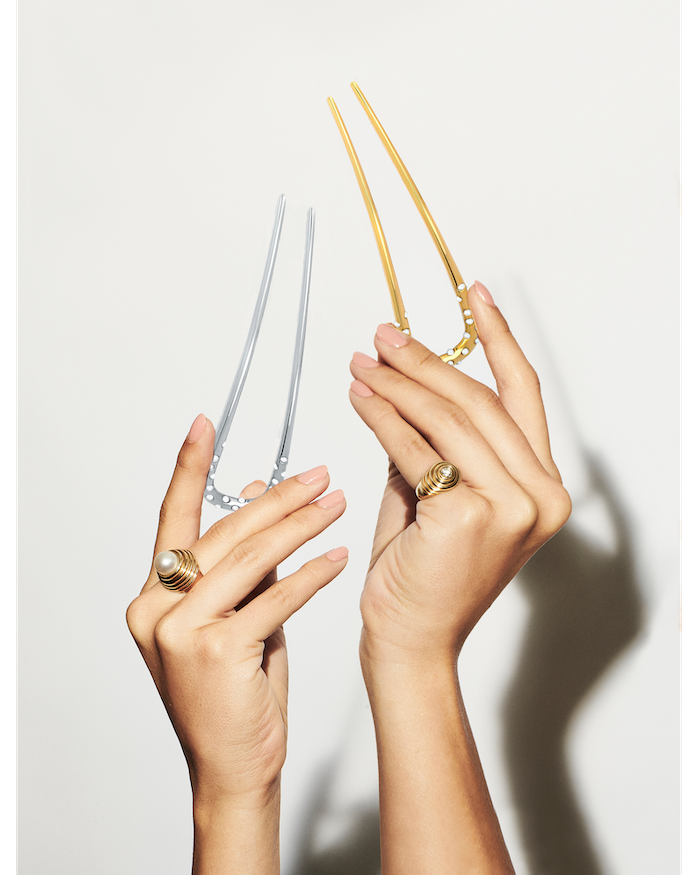Faithful to its deeply-rooted role as patron of the arts, Ruinart worked with artist Erwin Olaf for its annual creative collaboration this year. It is a bold choice given the Dutch photographer’s baroque signature and taste for humorous provocation. Yet, for this commission, Olaf chose to tell the subtler story of Ruinart’s crayères, the house’s old cellars in Reims, France, which were declared a UNESCO World Heritage Site last July. The black-and-white series, “Ruinart x Erwin Olaf: Light,” illustrate the ancient art found in these caves, capturing the intricate details of their prehistoric natural formation and traces left by man. The work premiered in New York earlier this month during the AIPAD Photography Show at the Park Avenue Armory. Upon witnessing the physical pictures, Whitewall asked the artist about the tumultuous collaboration in which very little turned out as planned.
WHITEWALL: Was it your idea to photograph Ruinart’s crayères?
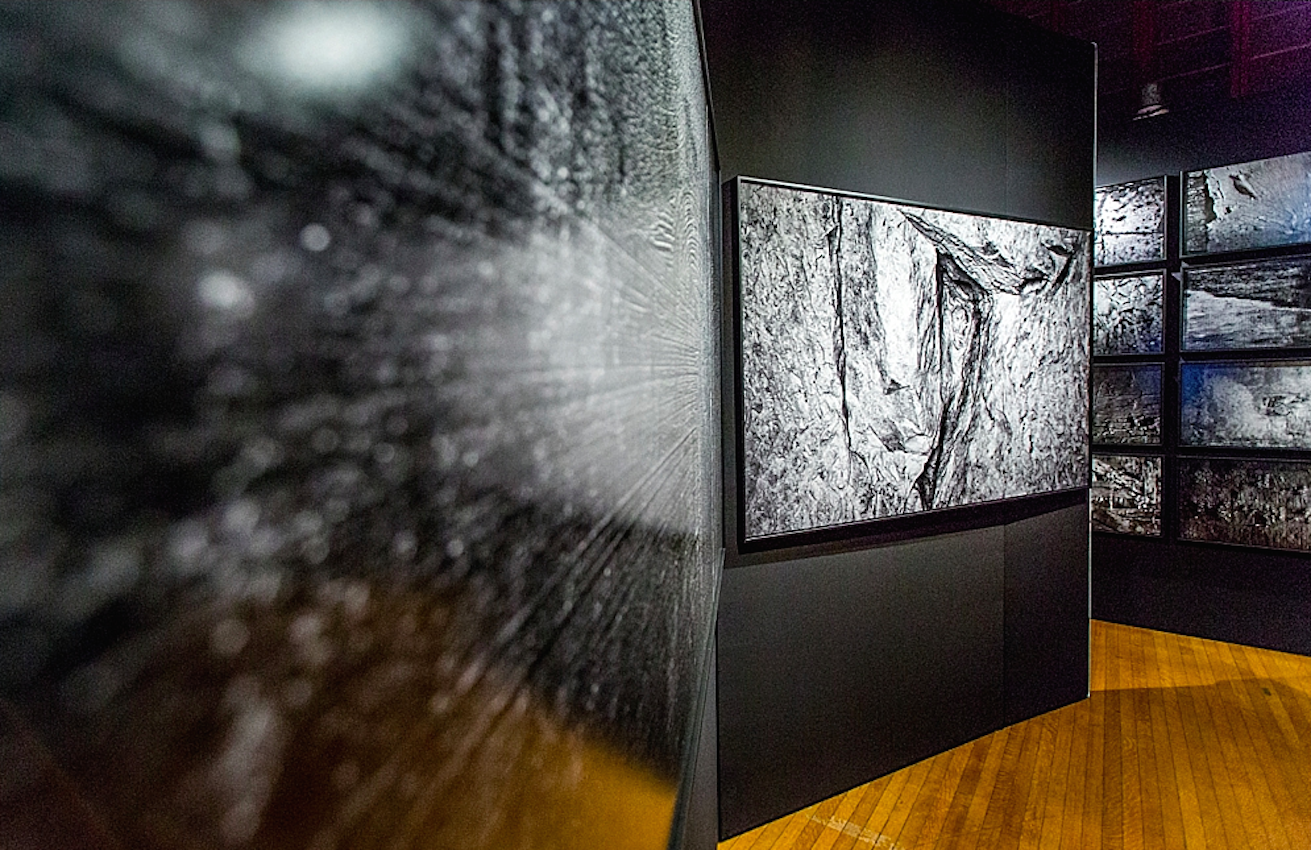
AIPAD Photography Show
New York
April 14-17, 2016
ERWIN OLAF: Yes. In the beginning, I wanted to do something staged and complicated with models, hair, makeup, and costumes. Ruinart agreed and I was using the cellars as my backdrop. But as I was doing it I felt incredibly unhappy. It looked kitsch. There were around 15-20 people behind the camera and I felt as if I had a backpack. I went for a walk on my own in the cellars and discovered strange drawings and other odd things where you think “Is this fungus?” or “Is this done by nature or by a human?” I quickly went back with an assistant and a lamp and took two or three rough pictures in black and white. I didn’t want to show color. By coincidence, Ruinart’s press represntative was there and asked to see what we were doing. I showed him the examples we had signed off, the complicated stage shots, and he said “Okay,” and “Interesting,” but I said to him, “To be really honest, I think this is far more interesting,” and showed him the last pictures I made and he said, “This is what you have to do.” That is how it started.
WW: How did it feel for you to work in these new conditions without human presence or digital manipulation?
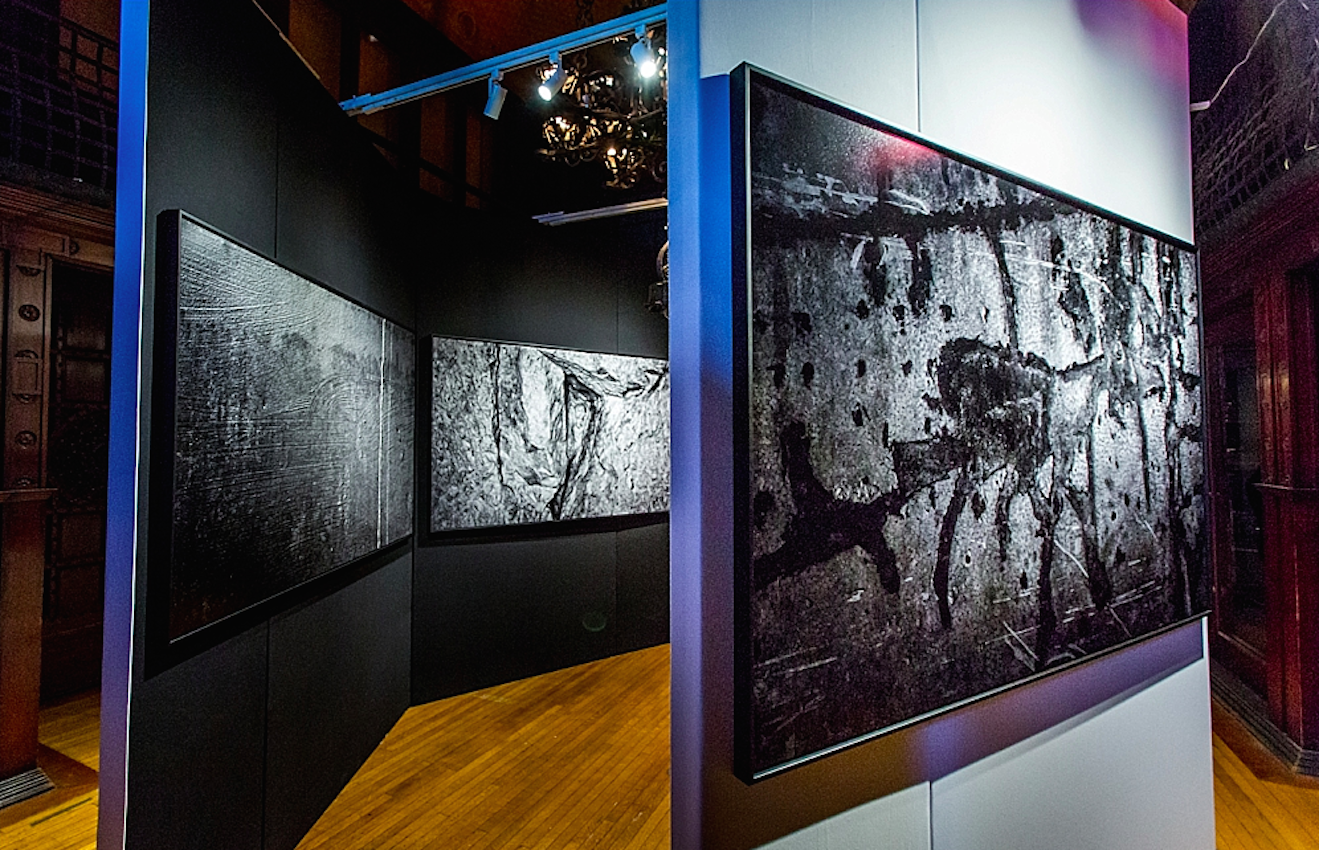
Courtesy of Mirra Studio
EO: I felt quite insecure. You doubt all the time how people are going to react. You keep on asking, “Is it good, what I’m doing?” I didn’t have that security I’d had for years. But then in October, I went to the Victoria and Albert Museum for a completely different thing. I had some time left before my flight so I went up to the photography department. I saw this old 1930s graffiti still-life by Brassaï, the French photographer. It was a very good picture. I thought, “Shit, he has done this in the 1930s.” Later, I was walking in the street and thought “No, I should be proud, that’s one of the biggest photographers of his time and he has done that, and I am allowed as the generation after him to stand on his shoulders and continue his legacy.” Slowly I started to discover that the pictures referenced abstract painting; there are references to the spots of Damien Hirst as much as the Caves of Lascaux, or the Zero movement of the 60s in Germany. I thought I have to accept that this “is,” and let it go.
WW: Many have said that your previous work’s function is to shock, provoke, and raise awareness. If you could give a function to these pieces, what would it be?
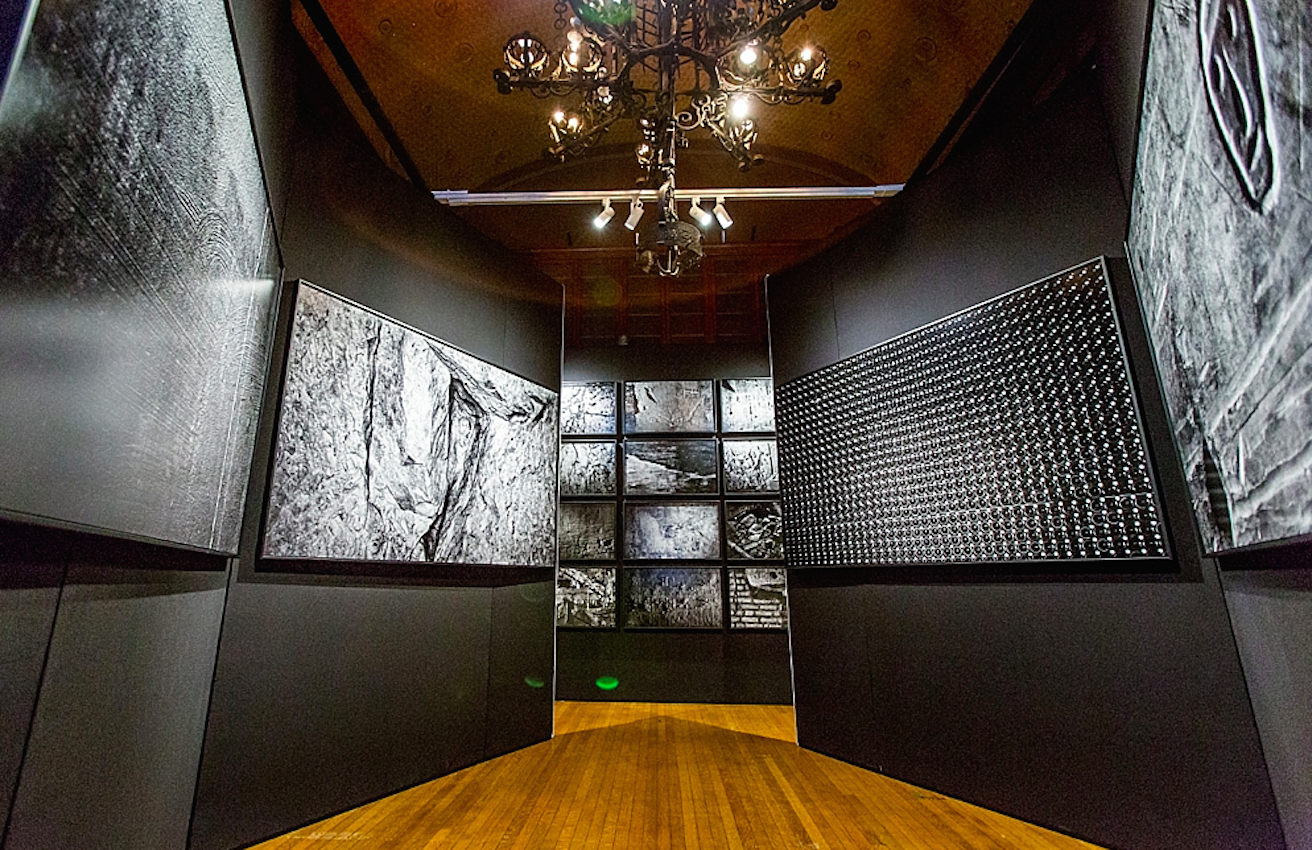
Erwin Olaf
EO: First, I would like to say I never want to shock, but I always want to reflect who I am. When I make my own work, it’s different from an assignment. Your own private work has to reflect, I think as an artist, who you are and what moves you in this world. Otherwise, it has no use and the neighbor can do it. In my country, the Netherlands, in the ‘80s and ‘90s, anything could go—body, sexuality, gender games. It was quite normal and still is. But I was also aggressive, ambitious, frustrated with my sexuality so when I look back at my work until 2002, I read it as a diary: this is how I felt in 1985. I can see the insecure boy coming out of the closet. If I look at the 2000 “Royal Blood” series I also see an aggressive man that wants to reach the top like the monkey seeking to be the leader of the pack climbing to the top of the tree. I can say it now because it’s 10 years later.
These [referring to the “Light” series] are more mature. I think it’s very close to who I am. You have to understand I didn’t wake up one morning thinking, “I’m going to photograph champagne cellars.” That’s the assignment, but it’s one of the best assignments I had to do because it pushed me into a direction. As the work matures you can see it’s not to shock but it’s more a research of insight.
WW: You are both a fine art and a commercial photographer; do you see a particular trend in the future of photography?
EO: I see danger for photography because there is an enormous amount of it. We don’t care so much about the quality anymore because most of the people are judging the images on their cellphone or laptop screens.
WW: So it’s more quantity and less quality?
EO: Yes, a lot of quantity, which pushes us to ask, “What is a beautiful photograph?” We have to look far more into the content and grow closer to photography as an art. Photography as an art is only possible if the pictures created by this or that person are close to his or her soul, his or her mind. You have to see much more personal photography in the future. There will be trillions of photographs but of less high quality because it has become more difficult to create your own style.





